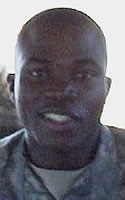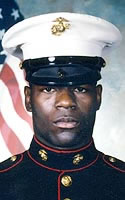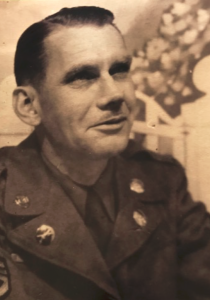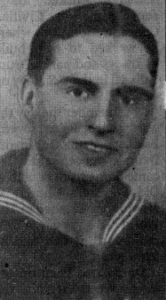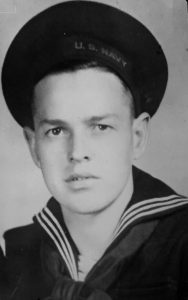
Deward William Jr. Duncan from Durham, North Carolina, New Hanover county.
Parents: Mitchel L. Hutchins
Service era: World War II
Date of death: Wednesday, January 12, 1944
Death details: On May 17, 2018, the Defense POW/MIA Accounting Agency (DPAA) identified the remains of Seaman Second Class Deward W. Duncan Jr., missing from World War II. Seaman Second Class Duncan, who entered the U.S. Navy from Georgia, was attached to Aviation, Construction, Ordnance, Repair, Navy 14, Standard Landing Craft Unit 4, and was stationed on Betio, following the capture of Tarawa Atoll. On January 12, 1944, S2 Duncan was killed during a Japanese air raid over Betio. He was buried in a cemetery on Betio, but his remains could not be identified from among the remains recovered from Betio after the war. In 2017, the independent investigative group History Flight, in partnership with DPAA, located a grave site on Betio and recovered human remains. DPAA analysts identified S2 Duncan from among these remains.
Source: National Archives, Defense POW/MIA Accounting Agency
